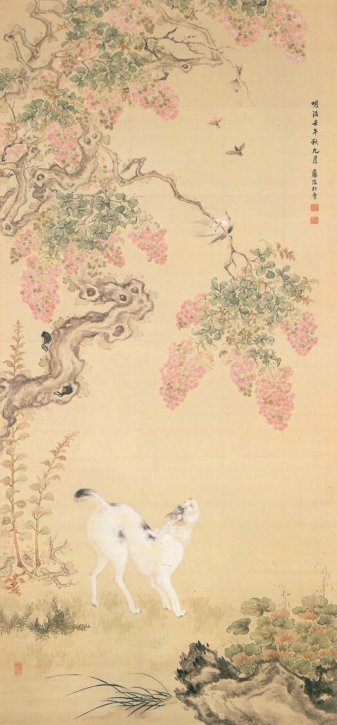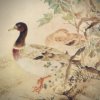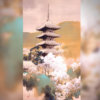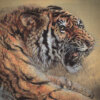Matsukawa Tōin: A Painter from Niigata Pref. Who Was Active Mainly in the Meiji Era
Sarusuberi (Crape Myrtle) / Koboku (Old Tree)


Matsukawa Tōin was born in 1843 in Sanjō, Niigata pref. He grew up in a wealthy family that had been a Shōya (village headman) for generations. At the age of 18, he went to Edo and learned the painting techniques under Awashima Chingaku, who followed the Shijō school. His painting style was sketching. Especially, he was good at bird-and-flower paintings. He was awarded at the 1st Naikoku Kaiga Kyōshinkai exhibition in 1882. However, details on his history are not well known. Later, he set out to develop Hokkaidō with his father, but it failed. He returned to Niigata to concentrate on painting. He died in 1920 at the age of 78.
This work is a pair of hanging scrolls that describes two scenes of summer and is believed to be prized at the 1st Naikoku Kaiga Kyōshinkai exhibition in 1882. On a branch of crape myrtle, a bulbul is aiming for a cicada chased by a bee. Underneath, a poised cat is trying to take the bulbul by surprise while it is distracted by a cicada. Its style of painting is detached and unconventional. Those features of the painting style can also be seen in the owl with glaring eyes. Judging from the intention of this painting, the owl seems to be aiming for prey. Its painting style as Nanga painting (a school of Japanese painting inspired by Chinese painting that flourished after the mid-Edo period) reminds us of Tōin’s unique painting works.










